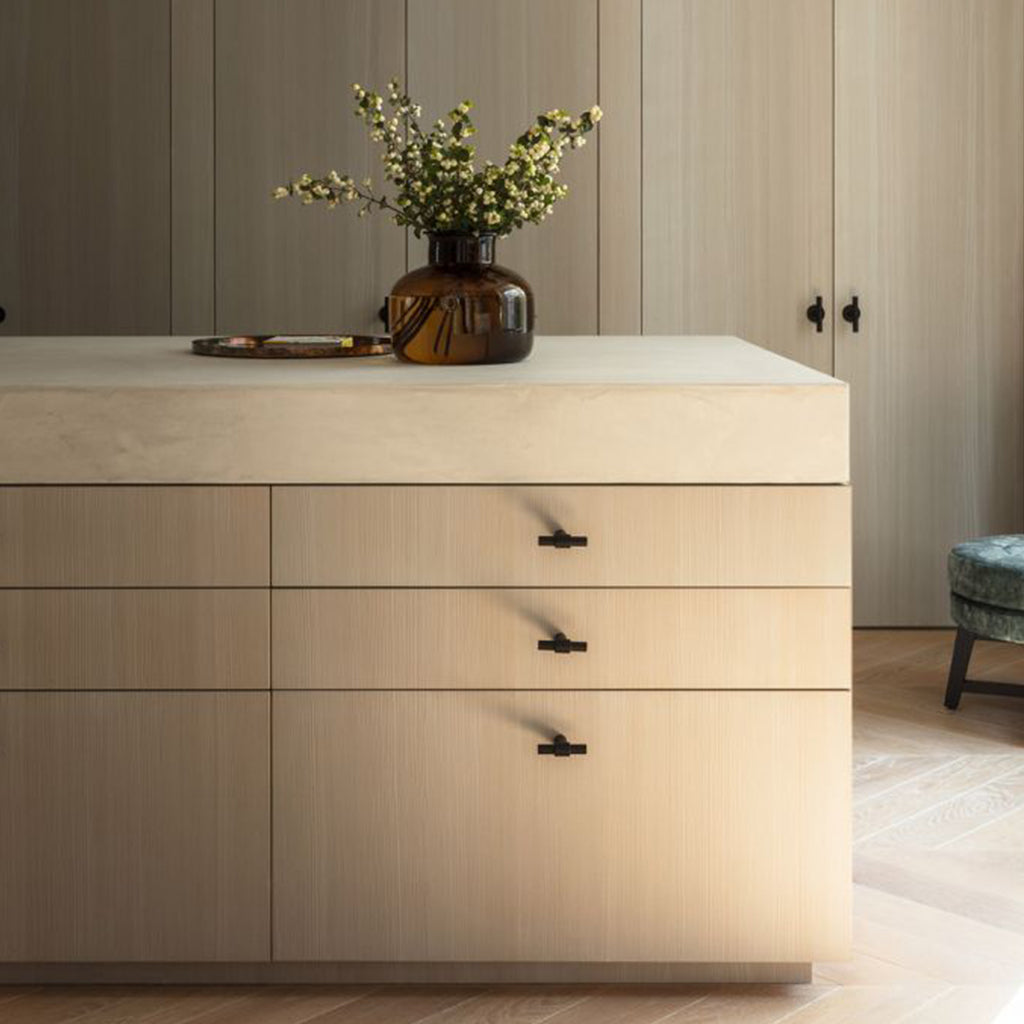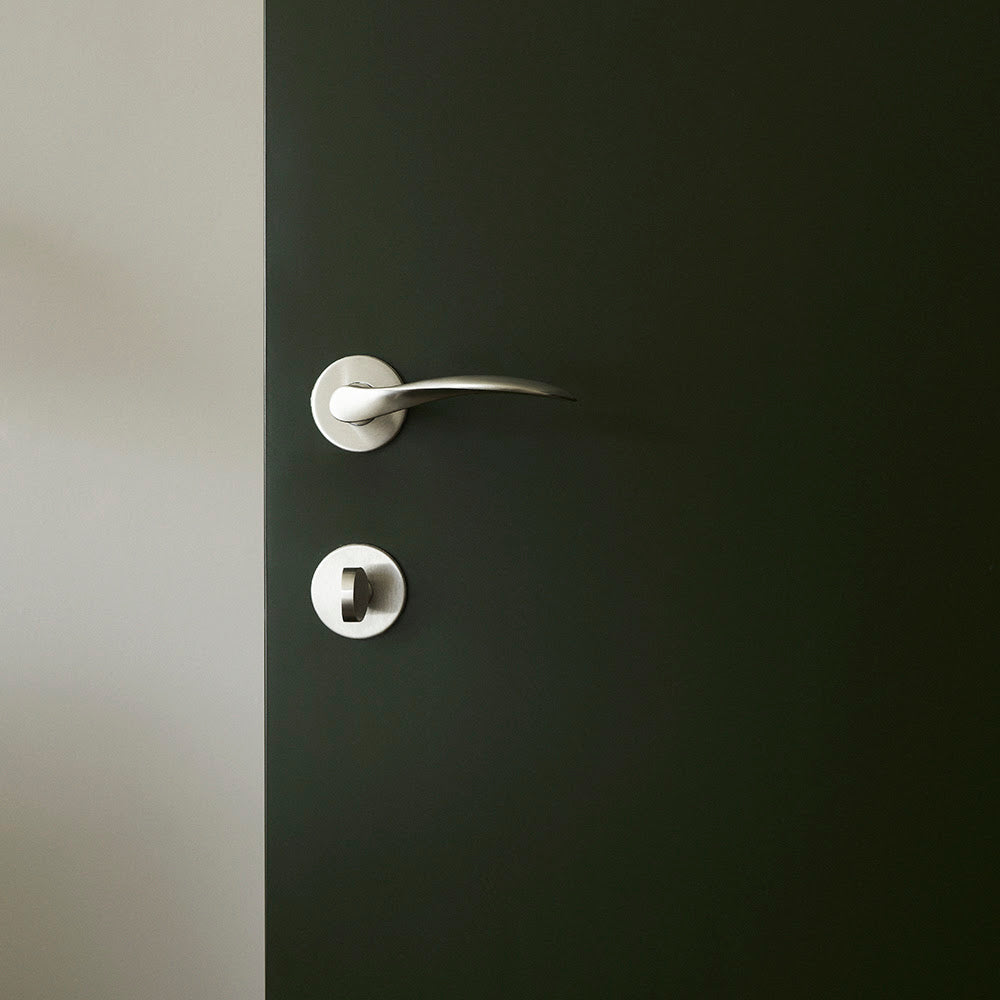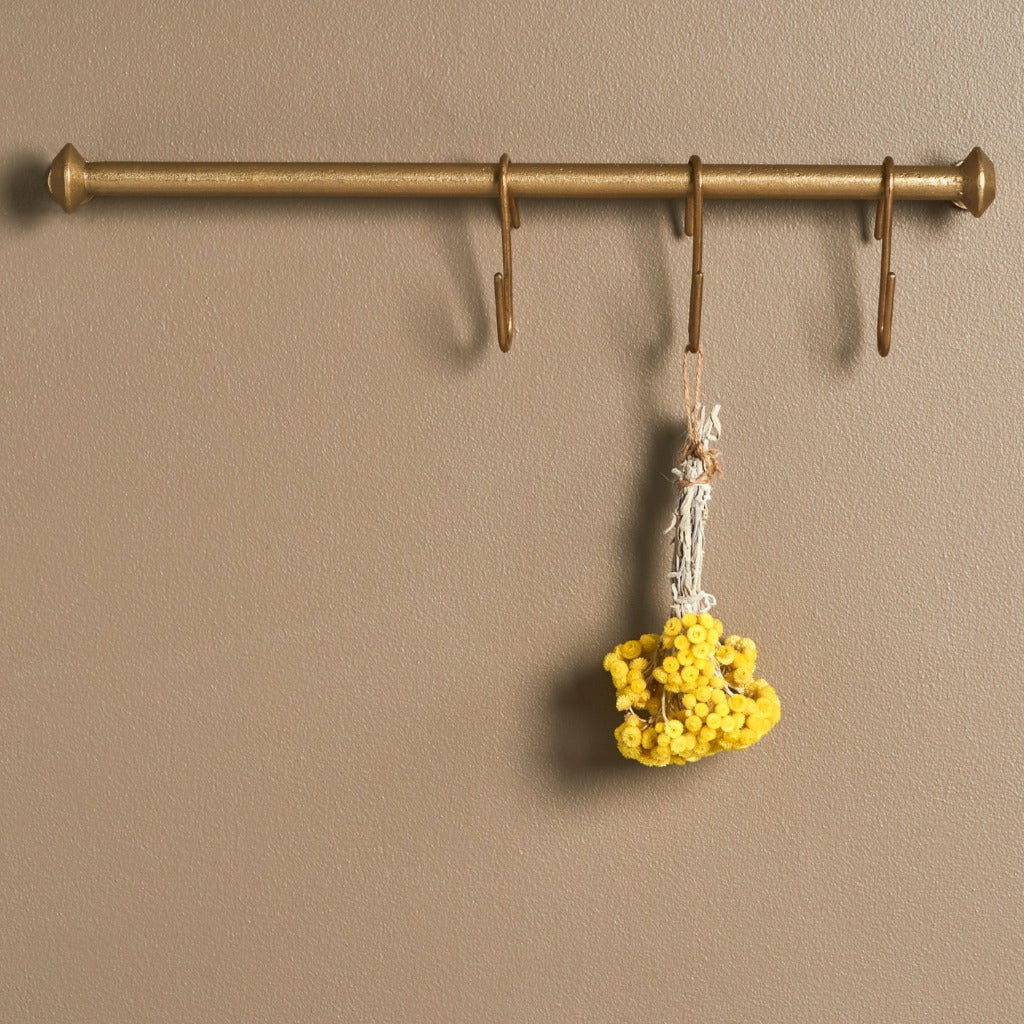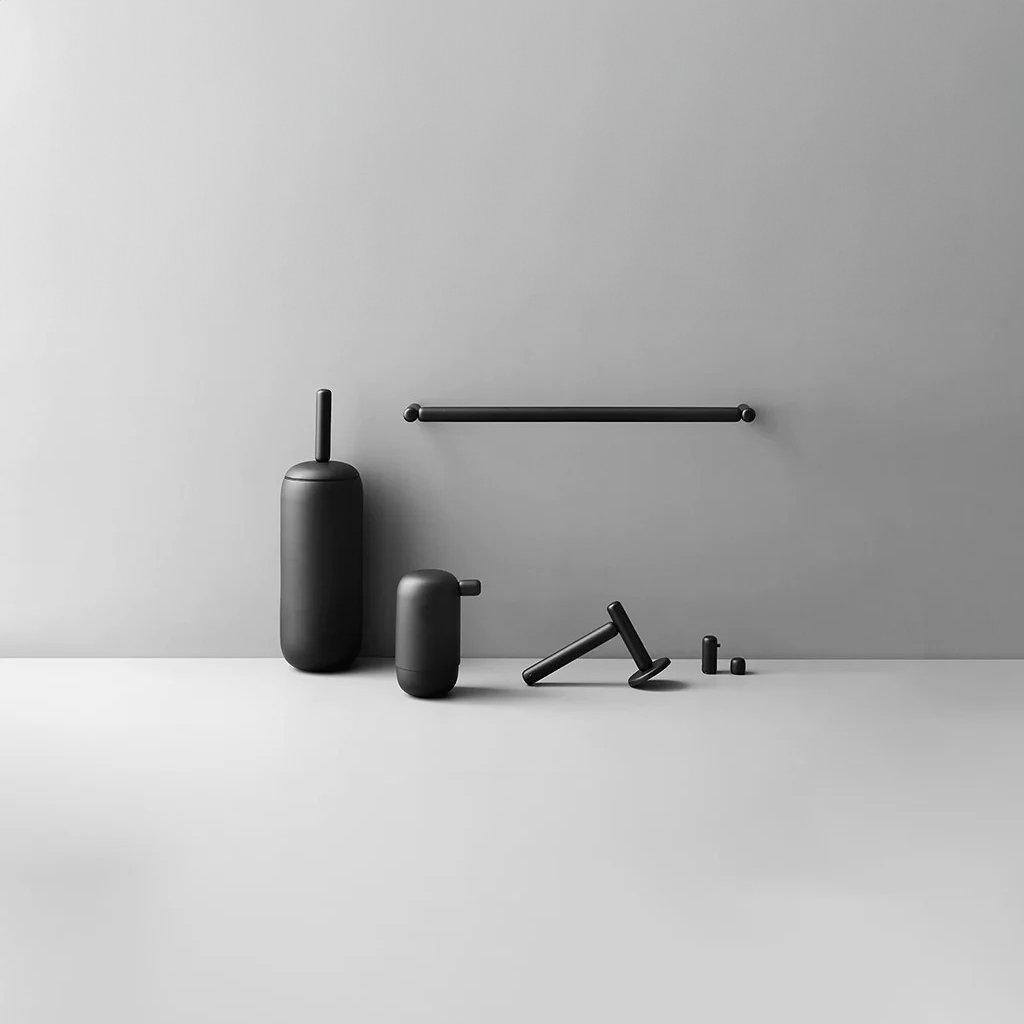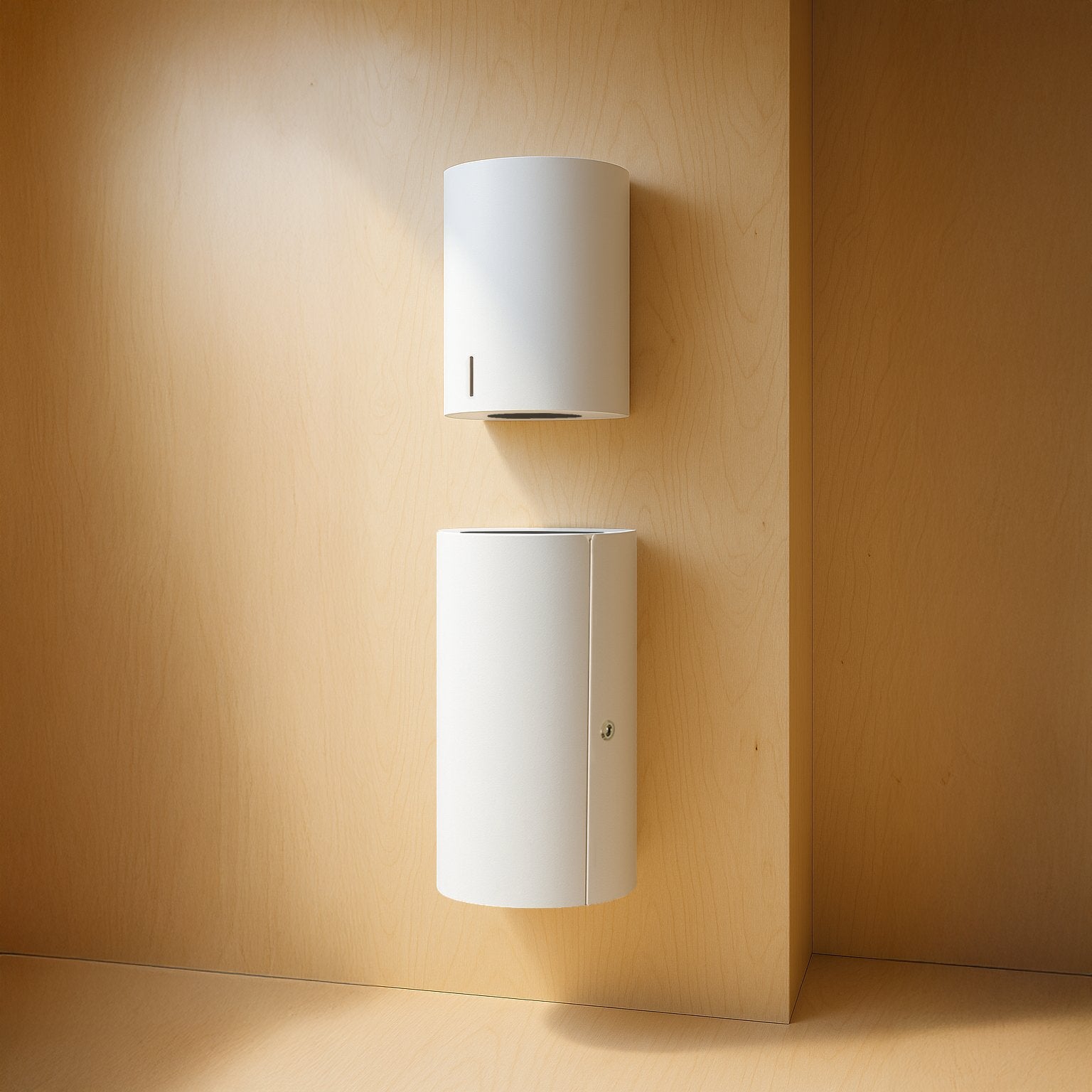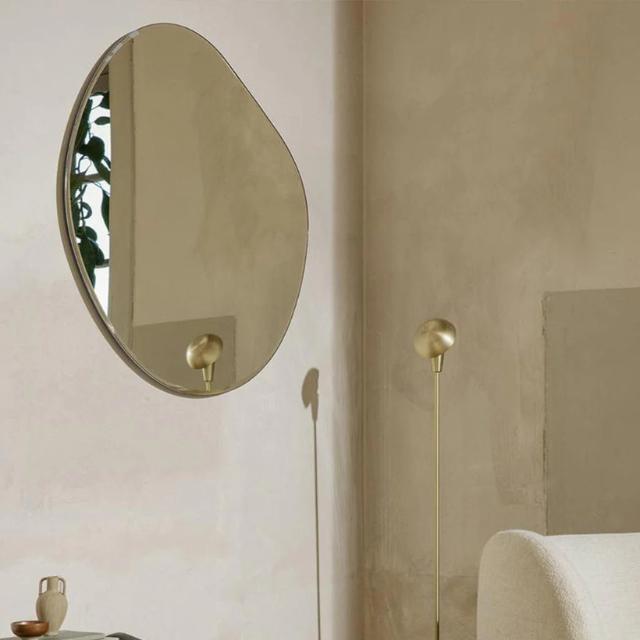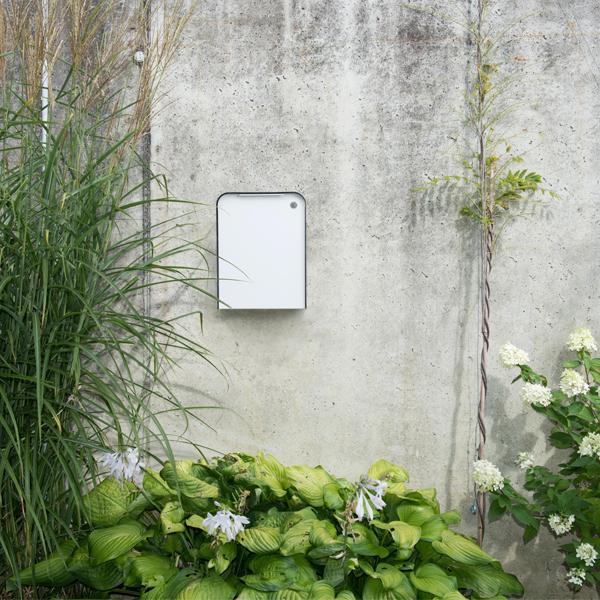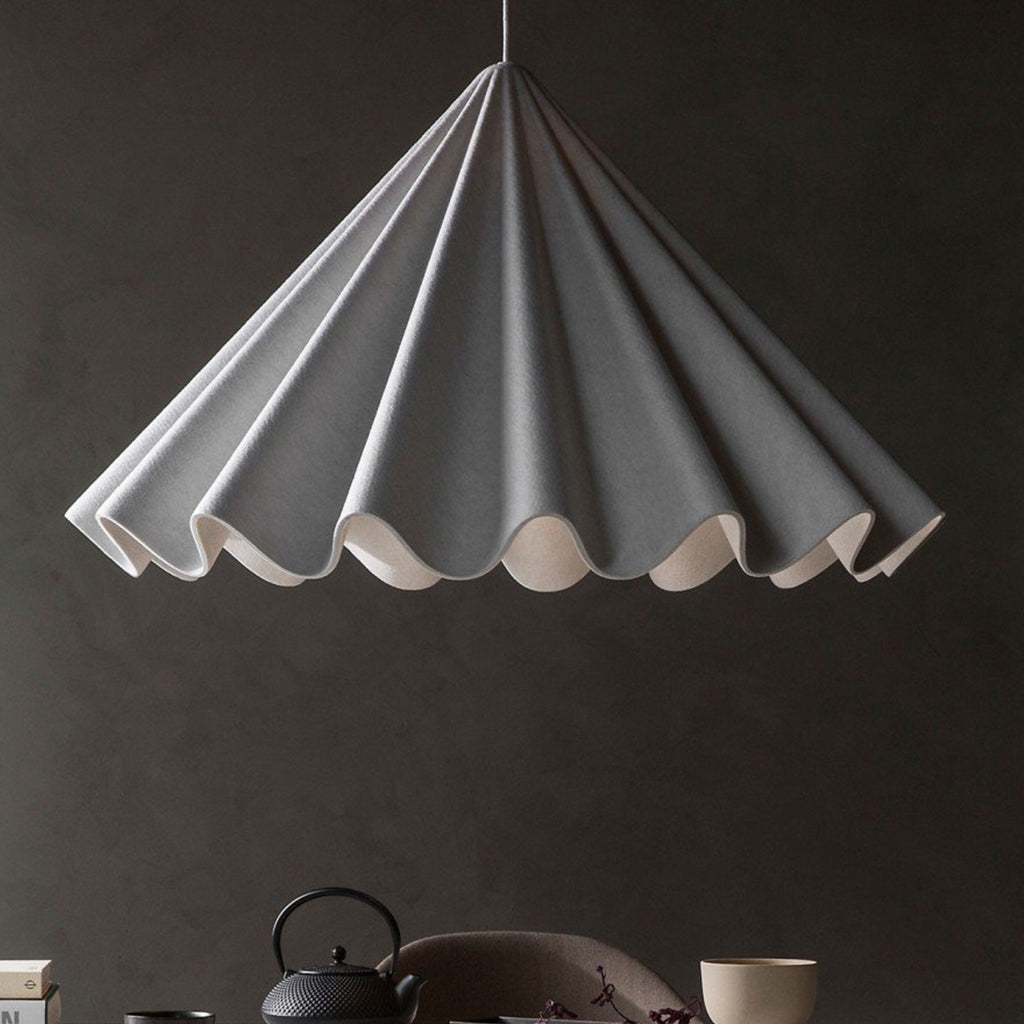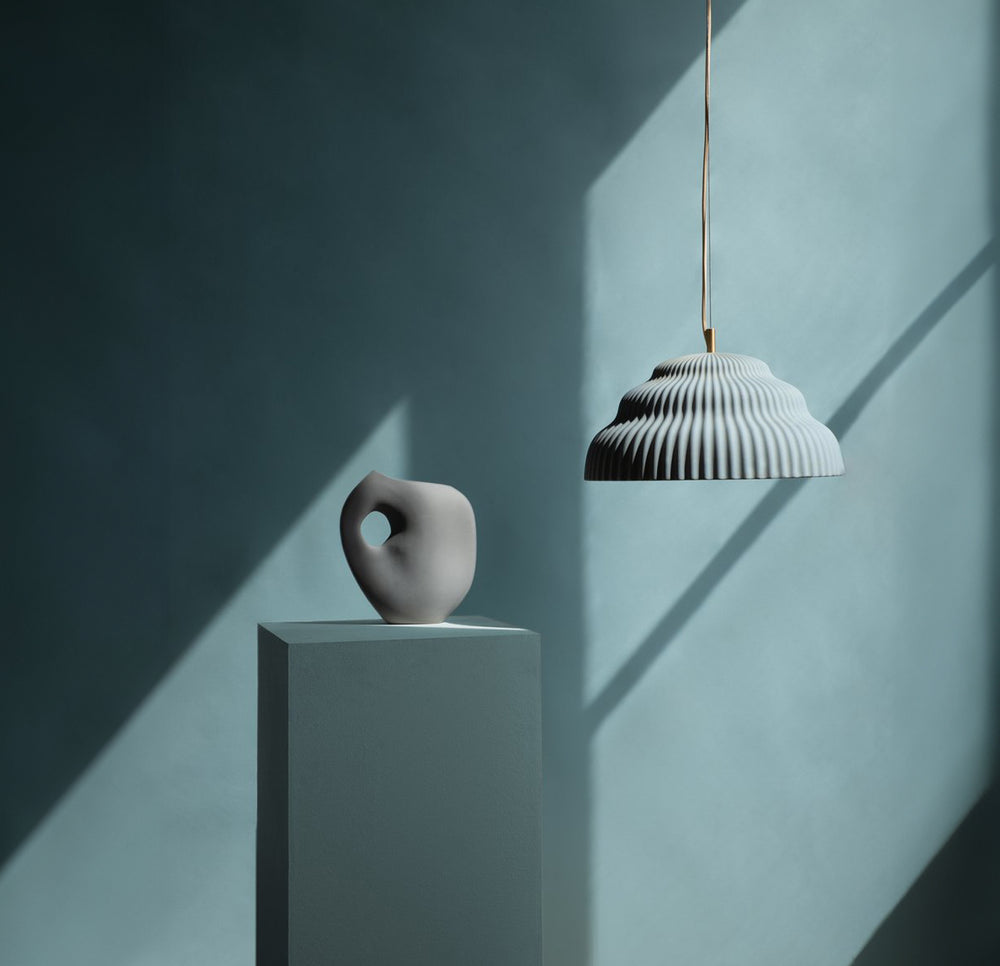How To: All About Lighting Temperature

January is lighting month at CASSON, and we want to teach you what you need to know to brighten up the darkest month of the year.
"Design is defined by light and shade, appropriate lighting is enormously important"
In this Post
Introduction to Lighting Temperature
A crucial aspect of lighting is understanding the concept of Kelvin light temperatures, which refers to the colour of the light that a bulb emits.
In this guide, we will discuss the different colour temperatures available and provide tips on how to use these temperatures in design to achieve the desired ambiance in a space.
What is Kelvin? And how can I understand it?
Kelvin (K) is the unit of measurement for color temperature in lighting. Color temperature refers to the appearance of a light source, specifically its hue, as perceived by the human eye. Color temperature is often described as "warm" or "cool", but it can also be thought of as a measurement of how far a light source is from being a perfect black body radiator. A black body radiator is a theoretical object that emits light based solely on its temperature.
The colour temperature of a light source can be determined by measuring the temperature of a black body radiator that would produce the same hue as the light source - think a slow burning fire as opposed to a "white hot" flame.
So, the higher the Kelvin number, the cooler the light source appears. For example, a light source with a colour temperature of 2700K will appear warm and yellow-orange, while a light source with a colour temperature of 6500K will appear cool and blue-ish white.
Common Kelvin light temperatures and what they look like:
2700K: This light temperature is often compared to the warm glow of a candle. It has a yellow-orange hue that creates a cozy and inviting atmosphere.
3000K: This light temperature is similar to a cloudy day, with a warm white hue that is slightly cooler than 2700K.
4000K: This light temperature is compared to natural daylight, with a neutral white hue that is bright and clear.
5000K: This light temperature is similar to bright sunlight, with a cool white hue that is crisp and energizing.
6500K: This light temperature is often compared to the blue hue of a clear sky on a sunny day. It has a very cool white hue that is bright and crisp.
It's worth noting that different manufacturers may have slightly different definitions of these color temperatures, so it's always best to check the specifications before making a purchase. Additionally, what one person perceives as "candlelight" or "cloudy day" may be different from another person, so these comparisons are meant to be rough guides only.
What does it mean?
Because humans are visual creatures, the colour of light effects our emotions, wakefulness and even our productivity. "When we have a client we ask them - how do you live in a space?" says lighting designer Christian Lo of Anony. Blue toned lights tend towards productivity and a get up and go vibe, while warmer light can cause feelings of relaxation. Lo continues "Do you work from home at the dining table, is the guest bathroom or a vanity? Because if you actually work at your dining room table, we will want to cool that colour a bit."
How do I choose a colour?
There's a whole spectrum of light temperatures to choose from - warm and cozy, cool and crisp, and everything in between. Your most important consideration should be function. Warm light, around 2700K, is perfect for creating a cozy atmosphere in your living room or bedroom. But, if you're looking for something with a more energizing vibe, opt for a cool light at 5000K or above. And don't forget about those in-between tones, like a soft, natural light at 4000K.
Your overall "vibe" can impact the lighting as well. Says Lo, "In the east coast, New York or Toronto, they like warmer light - and chilled out, romantic settings. In LA, Vancouver, it’s more about cooler lighting. A brighter, refreshed, earlier lifestyle."
TIP: Are you an art collector? Have a massive walk in closet? True white is essential to ensuring the colour in your space is accurate.
"In the east coast, New York or Toronto, they like warmer light - and chilled out, romantic settings. In LA, Vancouver, it’s more about cooler lighting. A brighter, refreshed, earlier lifestyle." Christian Lo, Anony.




